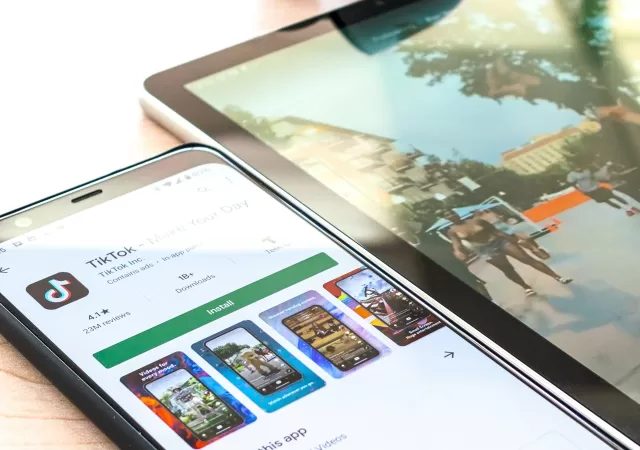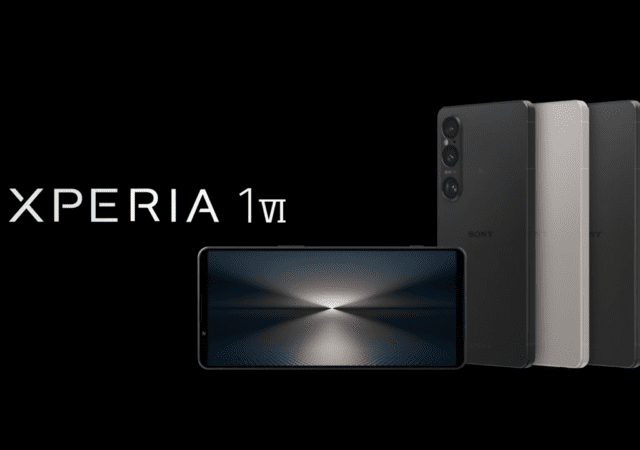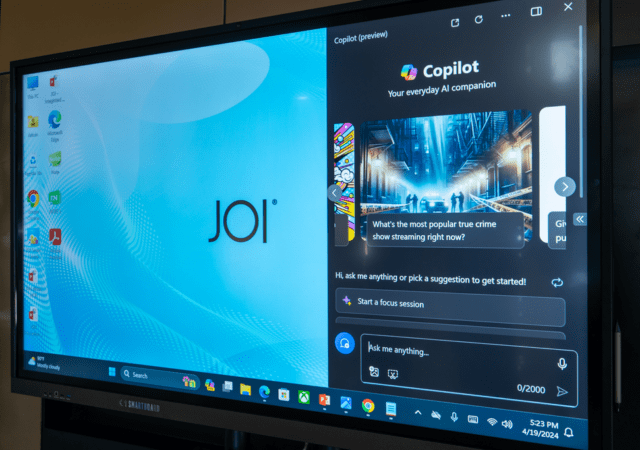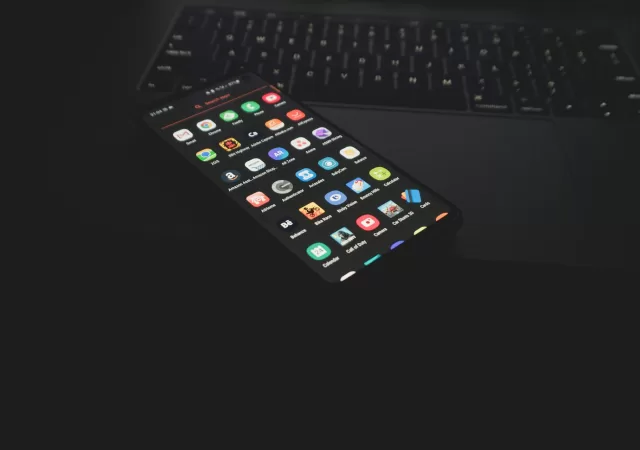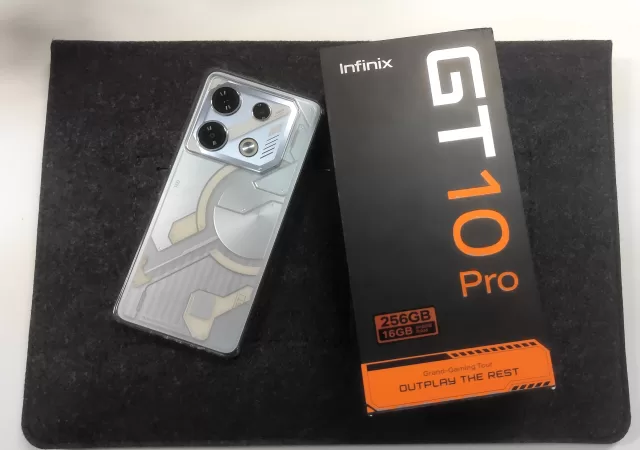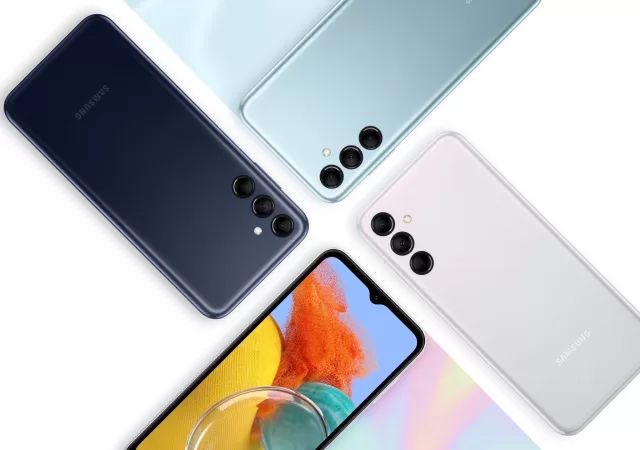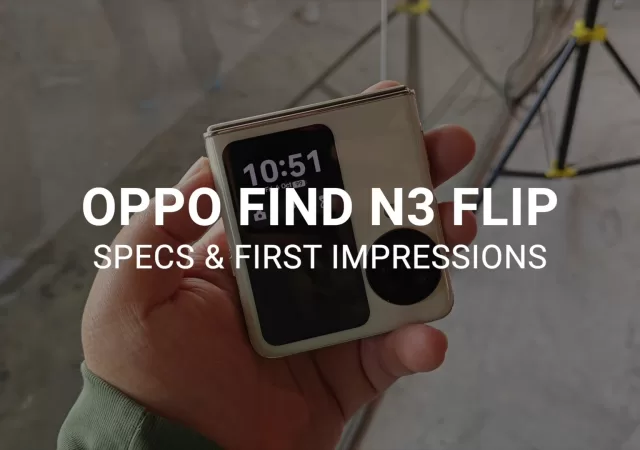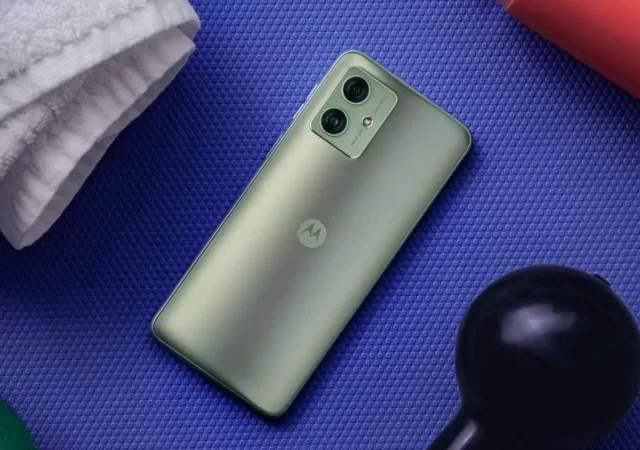The Google Play Store finally allows users to remotely uninstall apps across Android devices and the web.
Sony Unveils New Xperia 1 VI Complete with Partnership with Activision
Sony announces its new flagship smartphone – the Xperia 1 VI – that brings together know how from across the organisation into one device.
[SPONSORED] Make Classrooms a JOI to Learn in with the JOI Smartboard
Enhance classroom learning with the JOI Smartboard. Bridge the gap between traditional teaching methods and modern technology to create an interactive learning experience.
Android Users! Your Data Could Be Compromised Due to “Dirty Stream” Exploit
Android Users beware! A large number of apps could be compromised thanks to sloppy implementation of a core Android feature.
Infinix GT 10 Pro In-Depth Review
Infinix’s GT 10 Pro boldly steps into the realm of smartphone design with its striking Cyber-Mecha aesthetics which comes in two variants: Cyber Black (black with orange stripes) and Mirage Sliver (silver with white strips on its back). With its…
Kingdom Hearts: Missing Link Coming to Mobile
Explore the world of Kingdom Hearts: Missing Link in real life with the help of your phone! Coming to Android and iOS in 2024.
Samsung Galaxy M14 5G Now Available with Pakej 5G Rahmah
Introducing the Samsung Galaxy M14 – an affordable 5G device ready for gaming & productivity. Get 6GB of RAM, 128G internal storage & Exynos 1330 processor with 4.7x performance.
OPPO Find N3 Flip First Look & Specs Rundown
The OPPO N3 Flip is here and it’s ready to redefine flip phones with its triple-sensor camera and sleek design. Available in cream gold, mist pink, and astral black.
Honor 90 5G In-Depth Review: An Affordable Powerhouse
No one has a bigger bone to pick with the affordable segment than Honor. Where it was once an indelible mark is now an arena where it has to prove its prowess. The Honor 90 is another try to prove…
Motorola debuts the Moto G54 alongside G84
Motorola is adding to their mid-range lineups with the release of two new devices, the Moto G54 and its unique variants in three different regions as well as the G84. China and India first to unique variations of the G54…



